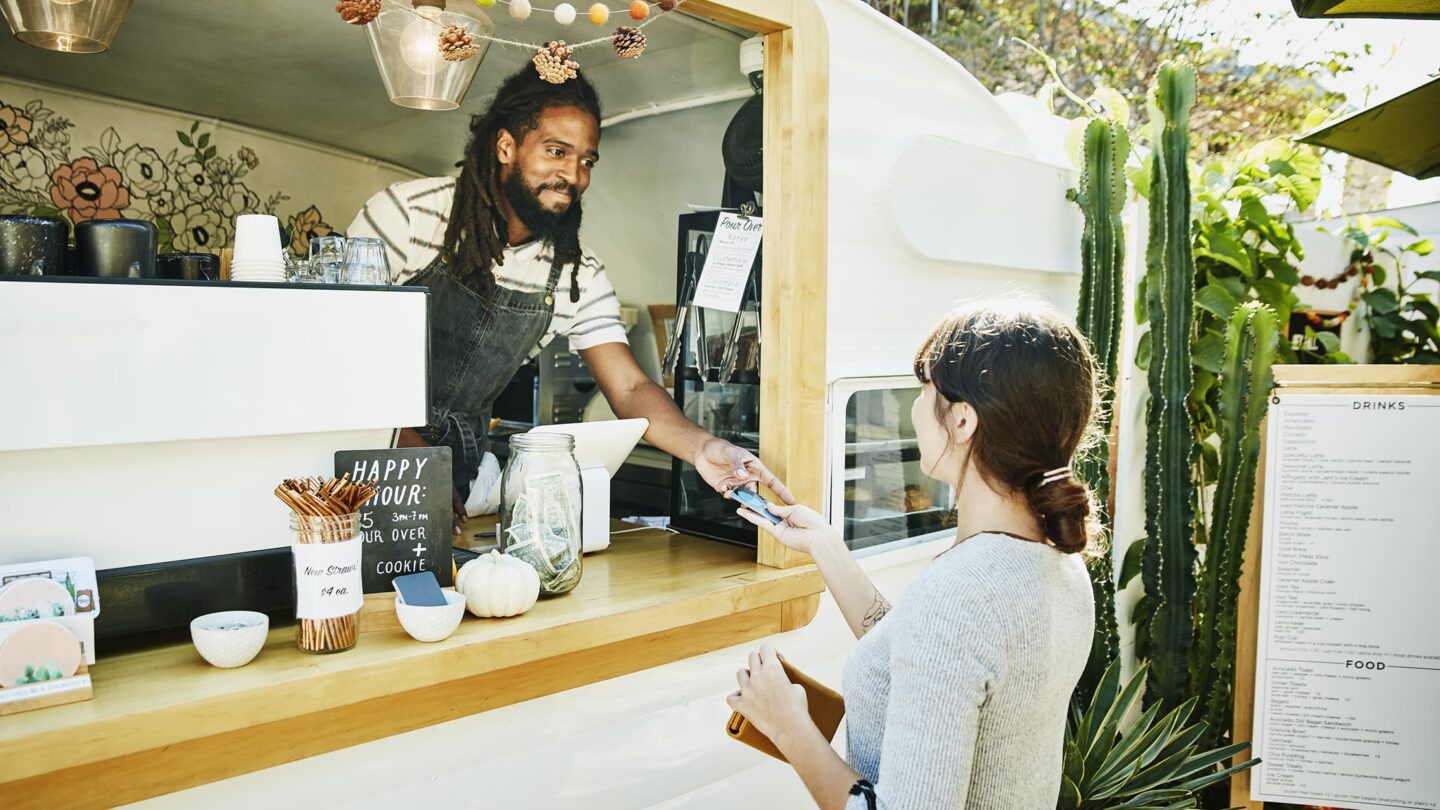Getting funding
Small business bounce back loans explained

COVID-19 did a number on small businesses, and just when they thought the worst was over, the July 2021 riots and KZN floods proved otherwise.
As SMEs scramble for ways to navigate the financial turmoil, the government has offered a lifeline in the form of the Bounce Back Support Scheme, designed to gently nudge small businesses back to financial security.
But what does the scheme entail? Who qualifies? And how is it different from the COVID-19 Loan Guarantee Scheme?
Bounce back loans: A new hope
The South African government is well aware of the impact small businesses have on the economy. The Bounce Back Support Scheme is designed to support economic growth and foster job creation.
The initiative offers R20 billion in loans to small businesses. It is split into two mechanisms:
- Loan Guarantee Scheme
The first R15 billion of the initiative is designated toward a loan guarantee scheme that will cover 20.5% of a small business’s initial losses. The lender will take on the risk for the remaining losses.
- Equity-Linked Scheme
The remaining R5 billion is allocated to an Equity-Linked Scheme, which will be introduced later in 2022. Not much information is available on this yet.
Bounce Back Support Scheme vs Loan Guarantee Scheme: What’s the difference?
The biggest reason the Loan Guarantee Scheme was unsuccessful is that banks took the first loss. With bounce back loans, if a business doesn’t pay back the loan, the Treasury takes the first loss (up to 20.5%), taking some pressure off lenders.
Businesses that were rejected under the Loan Guarantee Scheme can reapply for the Bounce Back Support Scheme. It’s up to lenders to approve or decline applications.
Who qualifies for the Bounce Back Support Scheme?
To qualify for a bounce back loan, your business must:
- Have a maximum turnover of R100 million per year
- Be registered with the Companies and Intellectual Property Commission (CIPC)
- Be registered as a VAT vendor with SARS
- Meet the requirements of the lender
How do I apply for a bounce back loan?
For now, the scheme will disperse the R15 billion through participating banks on a first-come, first-serve basis.
Banks are not obligated to provide bounce back loans, and many banks are sceptical about opting in after the complex and restrictive nature of the Loan Guarantee Scheme.
Contact your bank to find out if it is participating in the Scheme.
The fine print
- Loan limits: You can apply for a loan of between R10,000 and R10 million.
- Interest rates: A preferential interest rate is capped at repo plus 6.5%. With the current repo rate at 4.75%*, the interest rate will be around 11.25%.
- Repayment: You will have five years to repay the loan after any interest-free period agreed to by the lenders.
- Payment rescheduling: Lenders can reschedule payment options for up to 10 years.
- Defaulting: If you don’t pay back the loan, the government will take on 20.5% of the initial losses.
- Liquidation: If you go out of business, the lender will still try to get back as much of the loan as possible, including the government’s portion.
* Correct at time of publication
White paper: Small businesses and accountants are ready to try again
We surveyed 1,947 South African small businesses – the majority of which offer accounting and bookkeeping services – to find out how they’re coping in the new world of work. We were curious to know what they’re doing to strengthen their defences against the next disruption and how optimistic they are about the future – and we were pleasantly surprised.








Ask the author a question or share your advice